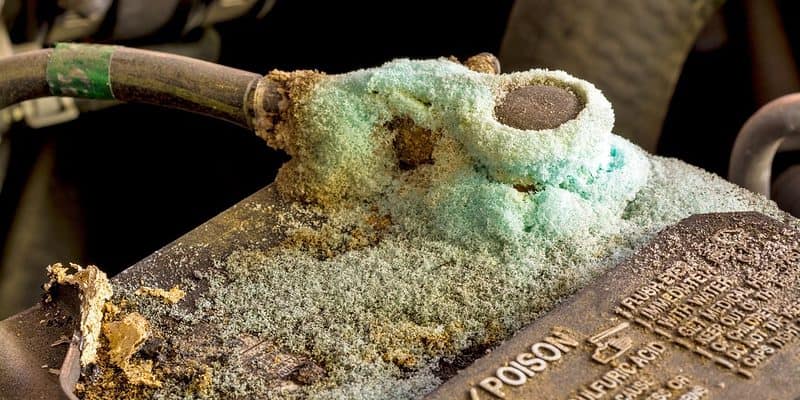
Your battery is the heart of your car, powering everything from the engine to the air conditioning system, power seats, and interior/exterior lights. It performs these functions without a hassle. However, its ability to do them becomes impaired when it gets corroded.
You could experience difficulties starting your car, dim headlights, etc. Even when you can start it, corrosion could damage your vehicle’s chassis, electrical wiring, and air conditioner lines further down the road.
Cleaning your battery terminals is essential to check this problem before it escalates. This article will answer your question on “how do I clean corroded car battery terminals,” so you never have to worry about it again.
What Is Battery Corrosion?
Corrosion is a natural process where refined metals are converted to more stable forms like oxides, hydroxides, or sulfides, resulting in deterioration.
In car batteries, corrosion appears as a scaly layer of white, brown, or green discoloration that sits on the terminals. It’s a consequence of the continuous reaction between the battery acid and the metal electrodes.
Is Battery Corrosion Dangerous?
Battery corrosion is dangerous to you and your vehicle. It’ll eat up your terminals and pretty much any other part of your car that comes in contact with it if not cleaned early enough. More importantly, it irritates the skin upon contact, thanks to its causticity. Since corrosion is a by-product of the sulphuric acid reaction within your battery cells, it also exposes you to the concentrated acid to an extent.
You should show utmost care when handling car batteries. Wear protective gear like goggles and gloves before embarking on any battery-related tasks, and wash your hands with soap and water afterward. On the occasion that battery acid gets on your skin, wash the area continuously with clean, moderately warm, softly flowing water for about half an hour. Seek medical attention if the pain persists, or the liquid gets into your eyes.
What Causes Battery Terminal Corrosion?
Hydrogen and electrolyte leakages are some of the commonest causes of battery terminal corrosion. But there’s more. Here are some of them:
Overcharging
Charging your battery for too long raises its temperature to abnormally high levels, causing electrolytes to expand. This builds up pressure in the battery cells, which have a fixed volume. As a result, the electrolyte forces itself out through any opening it can find—in this case, the battery’s vents. The result is a buildup of corrosion on the terminals.
Overfilling the Battery
Some batteries need to be replenished with distilled water every now and then, and this filling process needs to be done accurately. When these batteries are overfilled, the excess water makes its way out through the vents. When it comes in contact with the battery terminals, corrosion is very likely.
Leaking Battery Fluid Due to Damage
Cracks, crevices, and holes may form if a car battery is damaged, causing battery fluid leaks. The electrolytes that eventually leak from the cells through these openings can build up on the terminals, causing severe corrosion.
Aging
Most car batteries have a life span of three to four years. And while they can be reconditioned, any corrosion that takes place after such a long time is natural—expected even—and results from the normal processes that take place inside the battery.
Chemical Reaction Due to Contact With Copper Clamps
The clamps that connect your battery to its wires are usually made from copper. If a battery leaks sulfuric acid, that acid reacts with the current-carrying clamps producing copper sulfate, which can cause corrosion.
Materials to Clean Car Battery Corrosion
For this procedure, you will need the following materials:
- Goggles or safety glasses
- Latex or nitrile gloves
- wrench
- Toothbrush
- Baking soda
- Water
- Cup or bucket
- Petroleum jelly or battery terminal protection spray
How Do I Clean Corroded Car Battery Terminals: Step by Step
Cleaning battery corrosion is a relatively simple process, though it may require some scrubbing depending on how much has built up. To answer the burning question on your mind, “How do I clean corroded car battery terminals?” here are the steps to follow:
- Once you’ve donned your protective gear, open your car bonnet and disconnect the battery starting with the negative terminal. Use a wrench to unscrew the clamp on the negative terminal while ensuring it doesn’t touch the positive side—this could cause an electrical shock. The best practice is to use a wrench with some sort of insulation. Then, proceed to disconnect the positive terminal.
- Check for any possible damages to the battery. If you notice any cracks, holes, dents, or warping, don’t try cleaning it up, as this won’t do much good in the long term. In that case, your best bet is to replace the battery before any potential disasters may result. If your battery is intact, move to the next step.
- Mix a tablespoon of baking soda with a cup of warm water. This should be done rigorously and thoroughly. Dip an old toothbrush into the newly-formed solution and scrub at the corrosion. If you find the corrosion too hard to remove, you should consider using a battery terminal cleaning brush.
- Clean off any corrosion on the clamps or change them entirely if they’ve been eaten up badly. Then dry all the components completely as water and electricity are not compatible.
- Replace the clamps starting with the positive terminal. This is the opposite of what you did in step two. Once again, be careful how you handle your wrench.
- Start up your vehicle to ensure the clamps are properly in contact with the terminals.
How To Prevent Battery Corrosion
Sometimes, the best cure is to prevent a situation from occurring in the first place. While your battery will suffer some form of corrosion before the end of its lifespan, here are some tips to keep it minimal:
Observe Regular Maintenance
Every once in a while, pop your hood open and check for any signs of corrosion. You can make this a routine check alongside your oil changes. Regular checks will allow you to spot any signs of corrosion early and work on it before it results in more problems.
Charge Your Battery Optimally
Overcharging or undercharging your battery is going to draw your battery towards corrosion as time goes by. But corrosion is not the only thing you need to worry about, as sulfation could also result from these situations. If your battery is constantly over or undercharging, ensure you take it to a mechanic so they can discover why.
Use Petroleum Jelly or Battery Grease
One way you can help your battery terminal is to coat it with a lubricant—good examples being petroleum jelly and battery grease. Both options are great, but battery grease lasts longer because it’s silicone-based. That said, petroleum jelly is the cheaper option, as you’ll most likely have a cup lying around. Whichever you use, be sure to remove the battery clamps to allow you properly apply the lubricants.
Protect Your Car Battery
Corrosion in car batteries is something you can work on easily, and we’ve covered the steps above. But with time (and aging), it becomes a frequent occurrence that signals the need to replace that battery. Here are the best options to consider.
FAQs
Can You Clean Battery Terminals Without Disconnecting Them?
No, you can’t. It is essential to disconnect the battery before cleaning its terminals to ensure that the process is thorough and nothing is left.
Does Coke Dissolve Battery Corrosion?
Apart from being a thirst-quenching bubbly drink, coke and other carbonated drinks can also be a quick solution to corroded battery terminals as they’re capable of dissolving the plaques.
Can I Spray WD-40 on Battery Terminals?
Yes, you can. WD-40 is a fast-drying contact cleaner that can help with car battery cleaning and maintenance. It’s effective for removing grime and eliminating low contact areas to help restore electrical conductivity.
Can You Use Vinegar to Clean Battery Terminals?
Yes, you can. You do this by dipping an old toothbrush in vinegar (or even lemon juice) so it is soaking wet and dabbing it with baking soda. Allow the mixture to fizz for some minutes before using it to scrub the corroded areas of your battery, and rinse with clean, water-soaked cotton swabs.

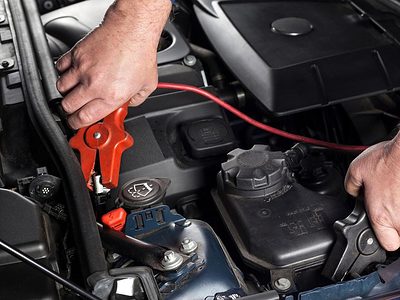


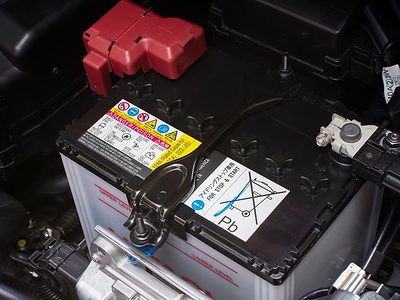



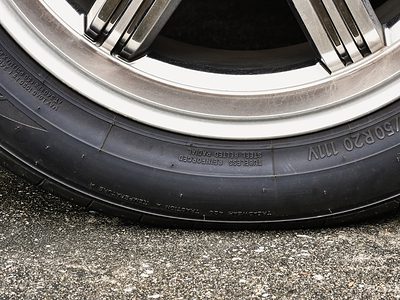

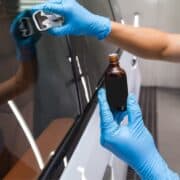
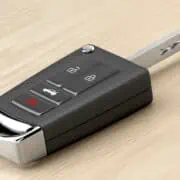

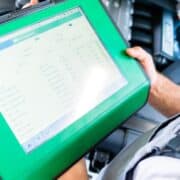



I read your article carefully, it helped me a lot, I hope to see more related articles in the future. thanks for sharing.